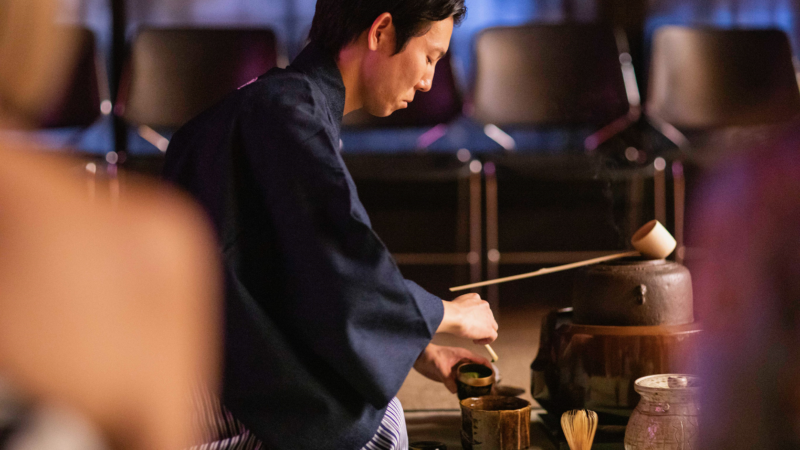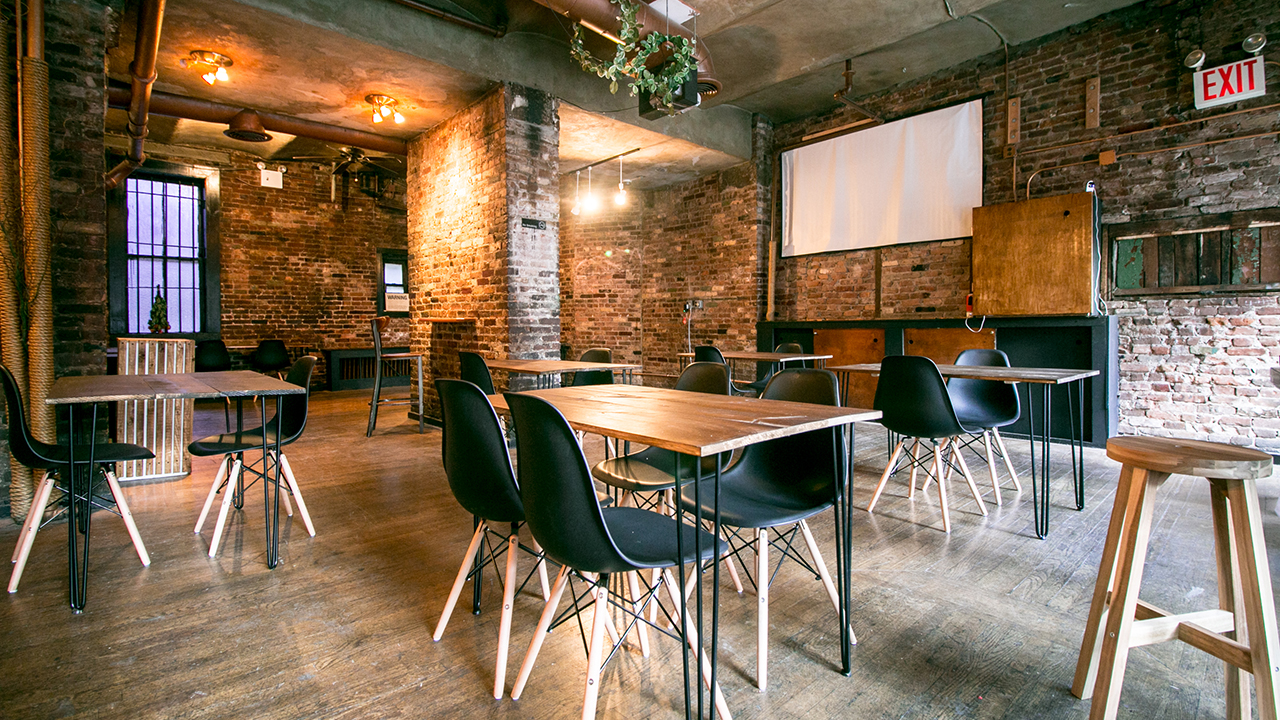Deborah Klens-Bigman, Ph.D. ◆ November 30, 2015

One of my jodo students, an older gentleman who previously did “hard” martial arts (i.e. karate or jujutsu, I am not sure which), has lately been quizzing me about how long I have been practicing. A couple of weeks ago, he said, “Wow, you’ve done this a lot. And for a long time.”
“I’m obsessed,” I responded, not entirely trying to be funny.
But I could have said the same thing about him, and about several other students. One teaches karate, which he has studied for over 20 years. He has taken up iaido, because he “always wanted to do it.” Another is a jujutsu teacher who joined my jodo class. To paraphrase Obiwon, the Force is strong in these ones.
I know a number of people, both here and in Japan, who are true budoka. They are the students who keep training, even after they have become teachers in other art forms, even as their bodies change and they begin to slow down and become physically less strong than some of their college-age students. Some (especially true in work-obsessed Japan) who did not have time to study when they were younger have taken up jodo or swordsmanship in retirement. When I train in Japan, I am often in a group made up mostly of septuagenarians. I have more energy than they do, generally, but they are more in the way of high quality, regular teaching than I have opportunity for. There is no question that they are going to advance down the training line faster than I will.
This idea, I think, baffles some American martial artists, along with Americans in general. It would seem, as a culture, that we have forgotten the idea that pursuing sports or art or budo should be fun. If you are not part of a winning team, why are you bothering? If you can’t train to win or place in a tournament, you are wasting your time. Participation in Little League will hopefully lead to a baseball scholarship. People used to play instruments or create art for their own satisfaction. Now, since aesthetic pursuits don’t lead to successful careers, they are being eliminated from school curricula. But I digress.
Though there are, from time to time, forms competitions in swordsmanship and jodo, neither genre was organized around winning (or losing) in the competitive sense. Originally, the idea was certainly to safely learn techniques that would lead to victory in a hostile encounter, and the trophy on offer was surviving as opposed to being killed or maimed by an opponent. Eventually, as the practical importance of the techniques became less vital, other aspects, including aesthetic ones, came to the fore. In jodo, especially, learning the rhythms of timing and distance with a variety of opponents in partner kata (an aspect referred to as ma (間)) provides strong appeal. In swordsmanship, ma, along with other aspects, such as in-yo (yin-yang) and jo-ha-kyu (序破急, a sense of rising action), give added dimension to the study of a potentially deadly art form.
I once heard a story about Cicero, who, at an advanced age, had taken up the study of Greek. “Why bother, at your age?” one of his students asked.
“Because when I was your age, I didn’t have time,” he reputedly said. Just so.




